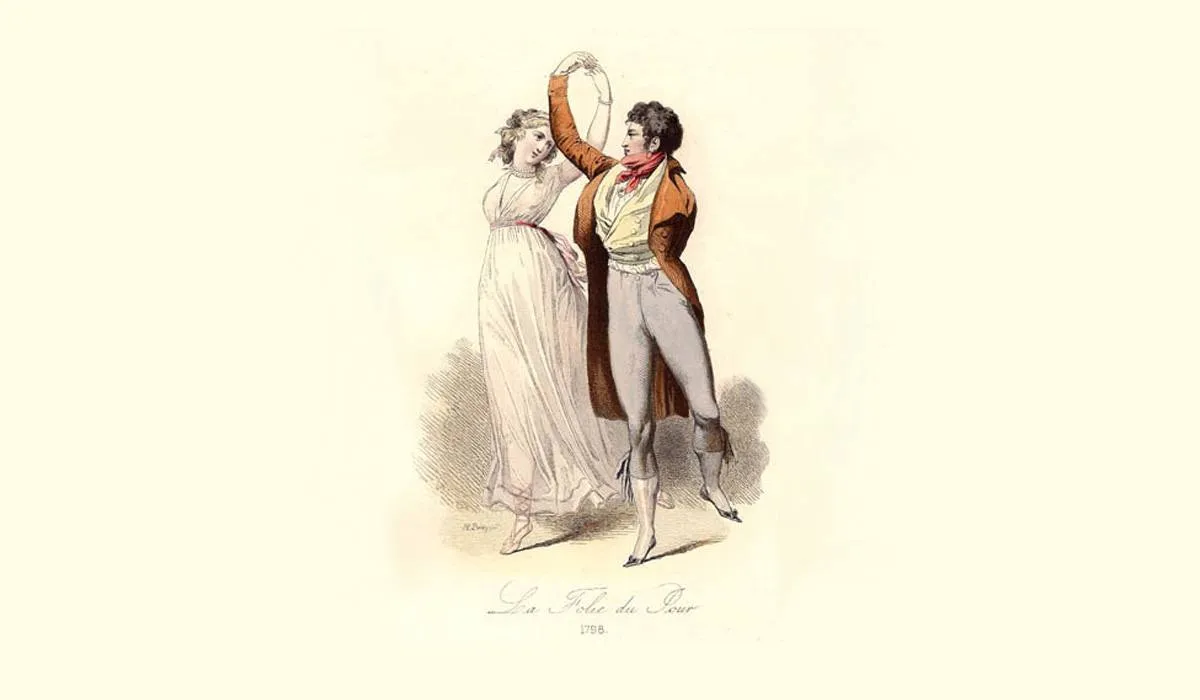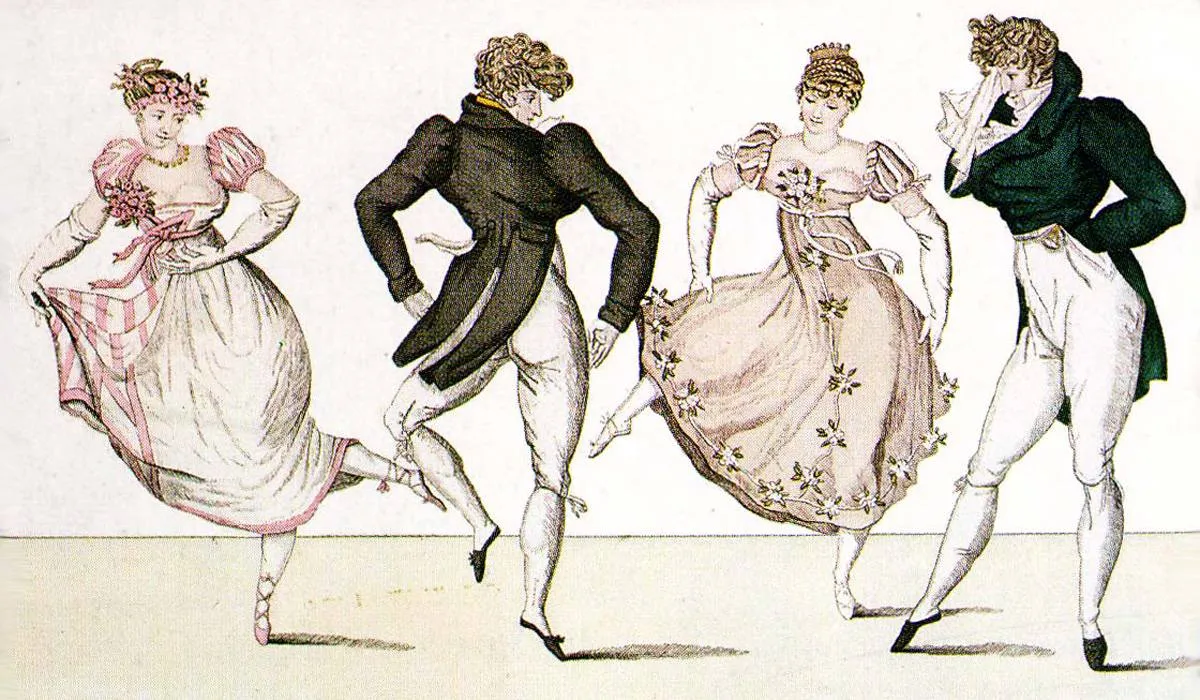Settlers' balls and the beginning of Creole music
After being landed by Christopher Columbus on June 15, 1502, during his fourth voyage, Martinique and the other islands of the Lesser Antilles were of little interest to the Spaniards, who preferred the larger islands further north in the Antilles (Santo Domingo, Puerto Rico, and Cuba).
For more than a century, Martinique was only known to Europe. Even when, after the Dutch, the British and the French were interested in conquering the smaller islands, Martinique, with its rugged and mountainous terrain, was hardly a priority.
On September 15, 1635, Pierre Belain d'Esnambuc, a Norman buccaneer with a hundred men, took possession of the island under the command of Richelieu, the intendant to the King of France. From then on, the island became a French colony.
Jacques Dyel du Parquet, the first Governor of the island, quickly built Saint-Pierre and turned it into an administrative and port town. The economic development of the island was rapid. Entire areas were cleared to plant crops for export to France. Trade quickly became prosperous. As the capital, the city of Saint-Pierre was endowed with all the attributes and privileges of power: administrative and religious residences and schools. The military reviews and civic and religious celebrations had a special glow.
After using hired employees from France to work on the plantations, the colonists turned to slaves from Africa to develop the production of agricultural products for import into European markets.
This society became very hierarchical between the white colonist who owned the wealth, then the free man of color, and at the last rank, the slave. The models, codes, habits, and customs of the Europeans were seen as a sign of prestige, while those of the slaves were considered barbaric.
Very early on, music occupied an important place in colonial society. Religious music and military music were symbols of the power of the dominant class (court music, dance music), of its power and superiority, and also an element of internal hierarchy. Thus, music will be a tool for the colonists to further establish their power and to challenge and prohibit the codes, attitudes, and practices of slaves in the Church.
The different musical expressions: military, religious, learned, popular European, and African will find their place. From their cohabitation will be born the Creole music, which will be, from its beginnings, the language of the slaves born and baptized in the island.
Religious and secular music production was very important at the time. The late settlement of the French West Indies gave rise to a very specific musical situation. Essentially secular because the colonists living in Martinique in the 18th century were more interested in lyrical music. The artists were numerous and moved back and forth between the metropolis and Martinique, and then during the Revolution, they settled in the rest of the Caribbean and the United States.

The balls were numerous and occupied the most important place after the game. Moreover, in the latter, where everyone participated, there was often an emulation between the military musicians and the slaves. Both animated. The first ones carried out dances of court, minuets, gavottes, allemandes, branles, etc, while the second ones carried out more dances of the New World: fandango, chacones, forlanes, menuets congos, etc. These last ones brought the joy of the colonists.
The violin was often used at these dances, accompanied by a drum or a tambourine played by the slaves. When a slave knew how to play the trumpet, he and his masters were very happy to be able to play voltes. It enhanced the prestige of the house.
At the end of the day, company agents and wealthy settlers enjoyed playing music together. Women and young girls would sit at the harpsichord or pianoforte and sing courtly songs. The men listened and applauded.
The less fortunate occupied their evenings playing instruments while the women and young people danced.
The dances were numerous and varied according to the country or region of origin of the settler. They are generally lively and jumpy. The favorite French dances were the branles and voltes, the passe-pieds, the gavottes and the sarabandes. To these must be added dances of African origin, such as the "gigue des Nègres" or the "menuet congo". The colonists loved these dances even though they were forbidden by the Church, which qualified them as "dishonest".

Finally, we will end this chapter by talking about the contractors who would be at the origin of the importation of the country dances on American soil. They are generally from Seine Maritime and Brittany, both regions long occupied by the English. Moreover, the original name is "country dances," which later became contredanses in French.
